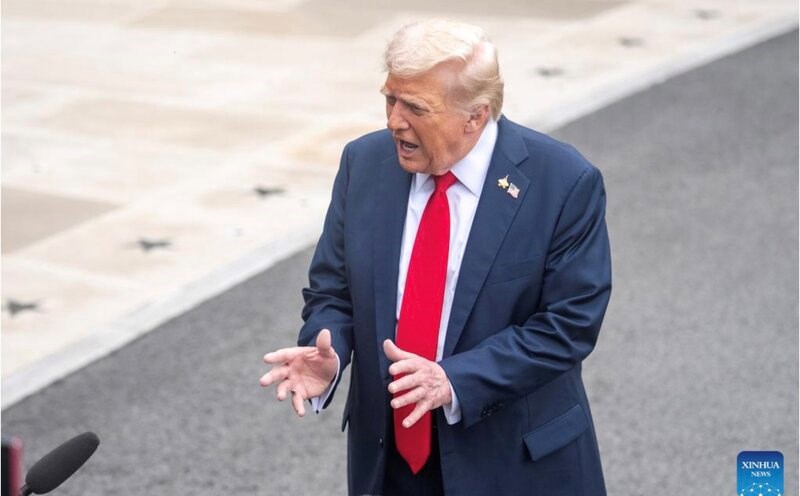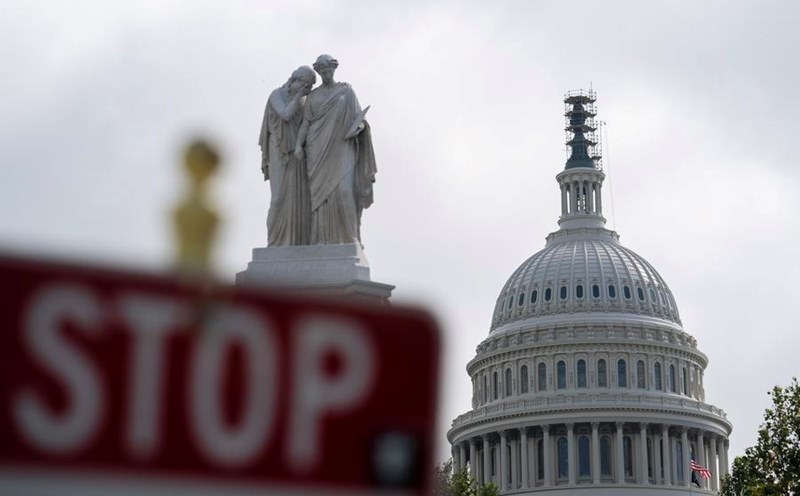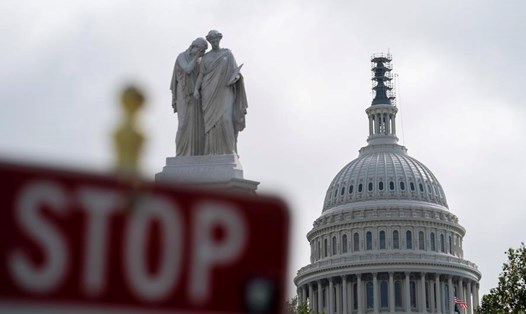On October 1, the US government officially closed after the Senate rejected a temporary spending bill, opening a budget crisis that would have caused the government to close for the 15th time since 1981, according to the US Treasury Department.
The reason comes from the long-standing disagreement between Republicans and Democrats in approving a $1.7 trillion budget package to maintain the operations of federal agencies.
Democrats opposed the bill because Republicans did not accept the additional provision to extend health benefits for millions of Americans. Meanwhile, the Republican side believes that this issue needs to be addressed separately. The disagreement has forced about 750,000 federal employees to temporarily take time off work, causing an estimated $400 million in losses each day. The closure also slowed down job reports, slowed down aviation operations, stopped many scientific studies and delayed payments to US soldiers.
President Donald Trump warned that this situation could create conditions for "irreversible" measures, including additional personnel cuts and government programs. Budget chief Russell vought has also threatened permanent sacking if the deadlock continues. Trump has previously pushed a strong restructuring plan, aiming to cut about 300,000 jobs by the end of the year.
Experts say this crisis could last much longer than previous times, including a record 35 days in late 2018 and early 2019 under Trump, related to border security controversy. Investors are also concerned about the risk of increasing as gold prices hit record levels, Asian stock markets fluctuated and the USD weakened.
In the context of deep political polarization, especially after the assassination of conservative activist Charlie Kirk, both parties have difficulty reaching a compromise. Professor Robert Pape, from the University of Chicago, said that changes in the "political rules" and pressure from extreme voters make it difficult for the leaders of both sides to make a concession to reopen the government soon.











